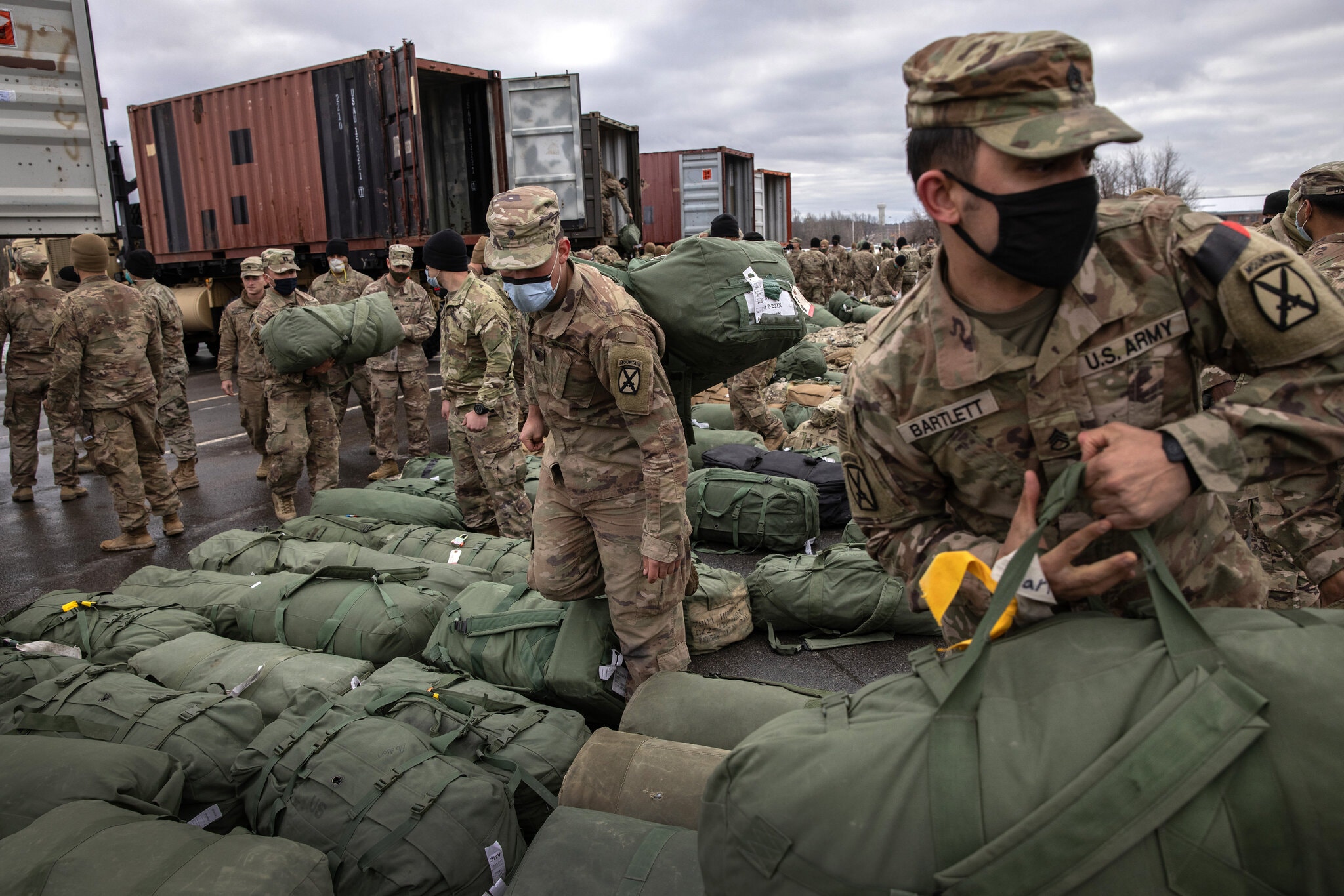
By Radwan Farraj
The chaotic withdrawal of American forces from Afghanistan at the end of August signaled the end of a 20-year conflict that left many questions about its execution and what went wrong. Debates about responsibility, blame, and human costs have taken center stage in American politics.
Reflecting on all the events leading up to the withdrawal and what it means for both America and Afghanistan, Brooklyn College’s History Department offered an understanding of the conflict that will remain relevant for many years to come. Professors K.C. Johnson, Philip Napoli, and U.S. Army veteran and BC alumnus Joshua Spanton provided their insights on what history has to teach Americans when unpacking the nation’s involvement with Afghanistan.
Marking a period that starts as far back as the Reagan administration through 2020, Professor Johnson’s analysis focused on the tendency of American policymakers to consider Afghanistan a “wonderful victory for U.S. foreign policy because it looked that way at the time.” When discussing the politics surrounding Afghanistan, Johnson pointed to the “flawed” trend by policymakers to make comparisons with Afghanistan and the fall of Saigon in 1975, or even the Berlin airlift, which was considered both a “tremendous propaganda and policy victory during the Cold War.”
With the Vietnam War being a constant presence in American politics, Johnson stated that its comparison to Afghanistan is not appropriate. “(…) One of the great flaws of U.S. policy towards Afghanistan is that we sent troops there and the media ignored it for a decade,” he said. By making comparisons like these, Johnson cautions that Americans run the risk of not only misinterpreting the complexities of Afghanistan but also Vietnam, as American politics lived and breathed the Vietnam War in the 1960s.
Focusing on photojournalism and the power of an image, Professor Napoli spoke about the images that came out of Afghanistan in the days leading to the American withdrawal that have important meanings for both the American people and American historians. In his analysis, Napoli frames the photos taken in Afghanistan in terms of what is actually shown directly and “what photos mean metaphorically or symbolically” based on their context.
The use of photography in Afghanistan is important, not only because of the underlying messages that reside within them but also because of the genre of this photography: war. “Americans have always understood the symbolic power of war photography,” which traditionally “summon feelings of American nationalism,” said Napoli. Besides the feelings they may muster for Americans, photographs also serve to create a “collective memory” and “help us understand more than what’s actually in the picture itself.”
With the countless images that came out of Kabul in the days before American forces left for good, Napoli maintained that photojournalists were aching to make Americans “feel” a certain way about the war and show us what American soldiers were sacrificing by being there. In its multitude of photos showing American service personnel holding babies in their arms, the Department of Defense “was offering an interpretation of American goodness that was not understood or reciprocated by the Afghan people,” even if this was not the case, Napoli explained.
Joshua Spanton, an Afghanistan combat veteran who joined the U.S. armed forces in 2010 and left active duty in 2015, shared his experiences in Afghanistan, Brooklyn College, and his reflections on the U.S. withdrawal. Offering a story of a combat encounter he faced during his first tour, Spanton shed light on what it meant to be in Afghanistan for him and the sobering experience of battle.
“All these questions started to come up for me… I didn’t think we were fighting for a worthy cause,” Spanton said while reflecting on his state of mind when he and his brigade were under fire. For Spanton, questions about why he was there were only cemented when the battle ended with a capture of a Taliban member who he saw face-to-face. “It just hit me. This guy’s no different than the rest of us, he was easily 18 or 19 years old…,” he remembered.
What struck Spanton was him seeing the fighter’s humanity, as he recalled that training instilled in him and his fellow soldiers a fear of the Taliban as a “boogeyman” or “ghost in the mountains.” Up until then, Spanton had not prepared for the reality that his enemy was not very different from him, even if he was fighting for a different reason.
“This idea, that we can import democracy in these countries without even slightly addressing the complexities of their culture and their history is ridiculous,” Spanton said. He rejected any notion that Afghanistan was a “medieval” or backward place, and insisted on the value of it being so different from countries in the Western world.
